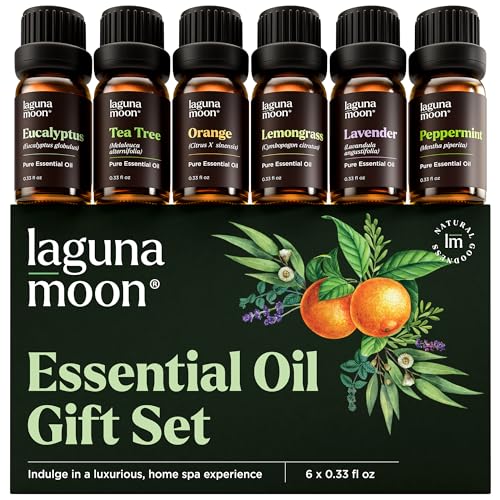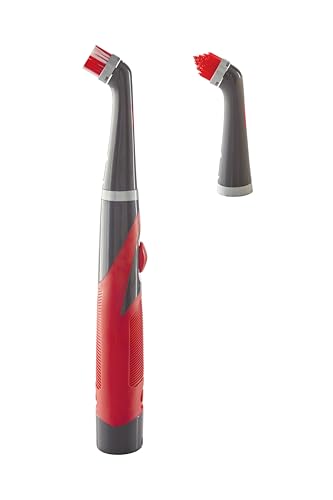11 dirty things I always notice in people's kitchens during hosting season as a pro cleaner – plus, how to quickly get on top of them
You won't need extensive cleaning rituals or pricey products


Punteha van Terheyden
Cleaning your kitchen is a never-ending task, but even with the best of intentions, some areas can slip past your radar and build up over the busy hosting season.
I'm a longstanding professional cleaner for a commercial and residential cleaning company, and these are the 11 dirty things I can't help but always spot in people's kitchens, especially when they are busy with guests, and are frantically cooking and baking to get ahead or serve up.
With my cleaning tips, you'll be able to get on top of these quickly, easily and cheaply before anyone else notices.
11 dirty things I always notice in people's kitchens during hosting season
1. Light switches and outlet covers
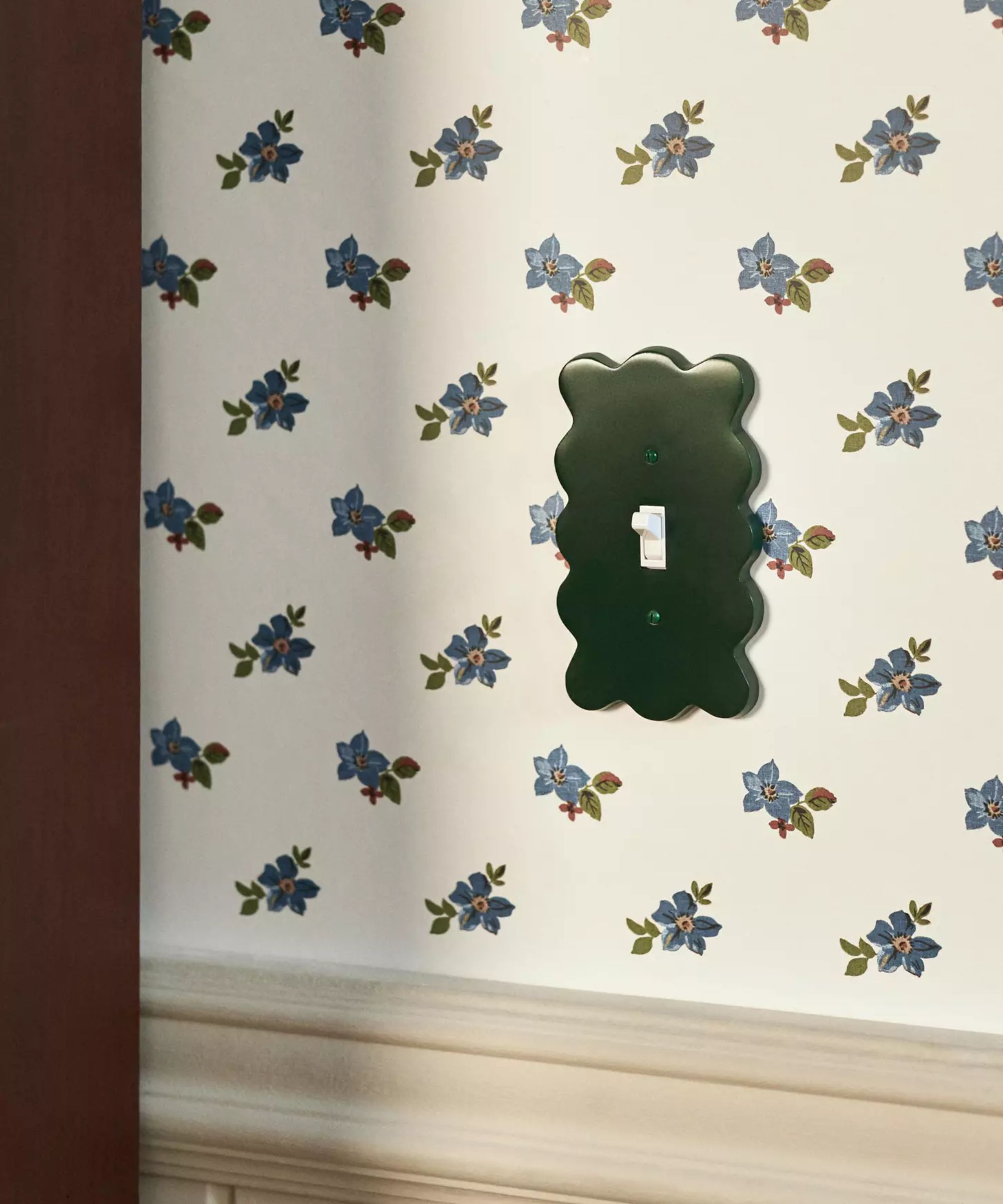
High-touch areas such as light switches are usually the quickest to get grubby
These get constant use during holiday cooking and hosting, so fingerprints and smudges build up fast. A quick wipe with a disinfecting cloth makes them look fresh instantly.
Using a microfiber cloth, available at Walmart, is more sustainable for household cleaning than paper towels, as they are machine washable, stay in great shape for hundreds of cycles.
My pro tip: Microfiber cloths also don't leave any annoying fluff or lint behind, making this task quicker and more satisfying.
2. Stovetop knobs and backsplashes

Is there an appliance that's used more over Thanksgiving and Christmas than the stove?
Splashes from sauces and oils during big meals settle here and are easy to notice at eye level. Wiping them down keeps the kitchen looking polished and guest-ready.
Design expertise in your inbox – from inspiring decorating ideas and beautiful celebrity homes to practical gardening advice and shopping round-ups.
If you always struggle to get your stainless steel mark and smudge free, try a homemade essential oil spray, it works so well. You'll need a spray bottle, such as the durable and reusable amber glass bottles from Amazon, two cups of water, 10-20 drops of pure essential oil and a drop of regular dish soap.
The dish soap acts as a surfactant and lets the mixture grip to the area you're cleaning, while the oil, such as pure geranium oil from Walmart, which makes your home smell expensive and luxurious all year round, cuts through grime with ease.
My pro tip: The bonus is that this mixture, which we've tested when cleaning stainless steel, lifts grimy marks that even commercial sprays cannot shift.
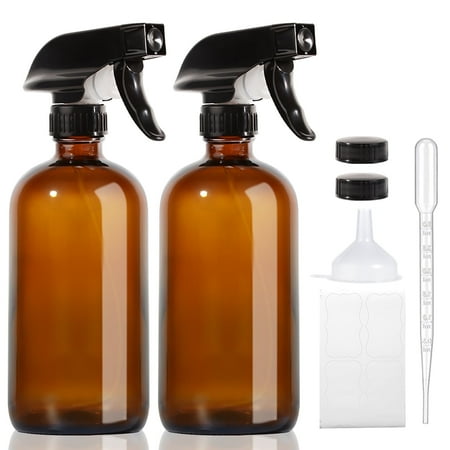
Amber glass spray bottles are so durable and can be refilled time and again without leaking or snapping the trigger sprays. They also protect your homemade cleaning solutions from UV rays, though it is still best to store DIY mixes out of sunlight.
3. Dishwasher edges and handles
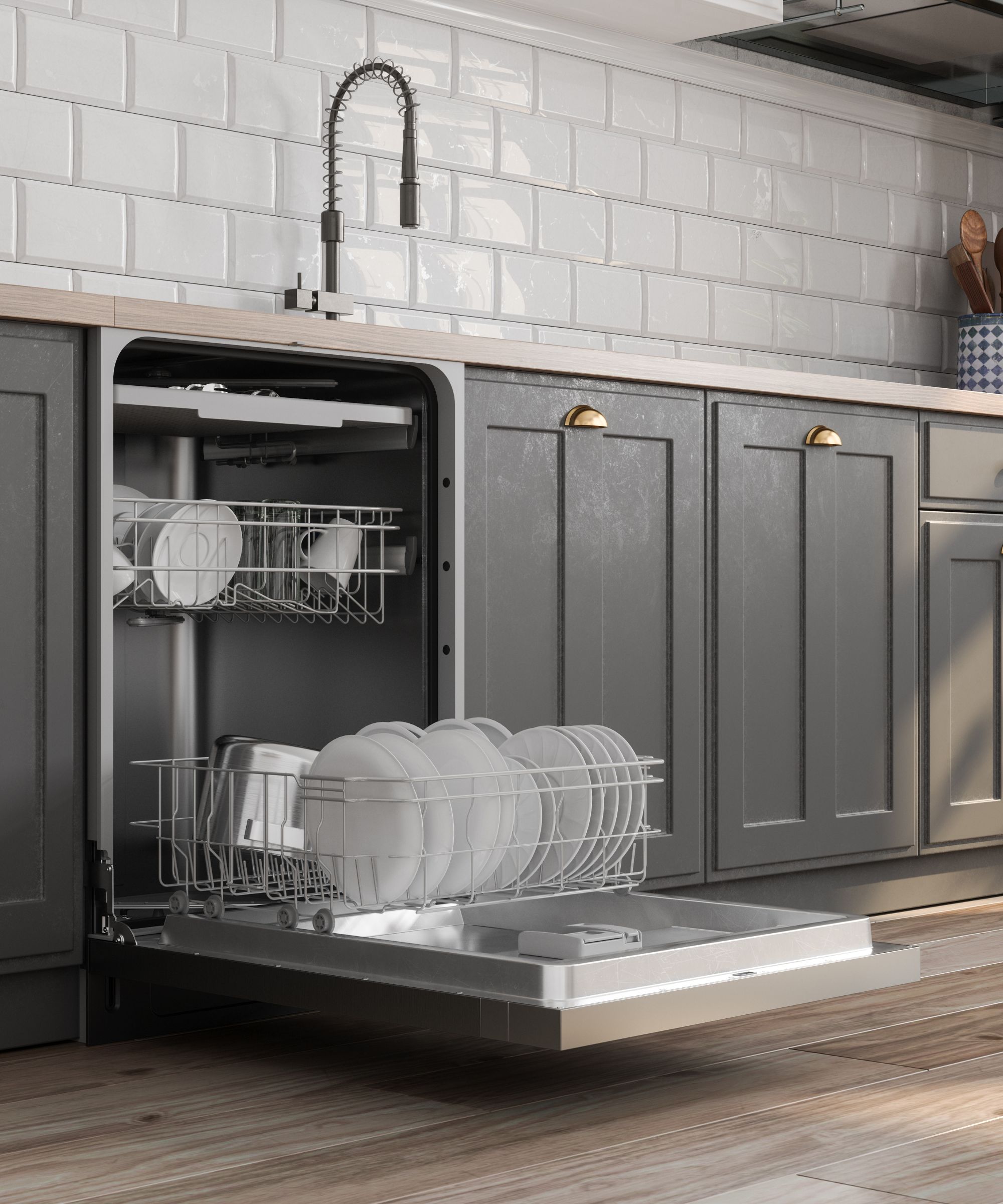
Dishwashers are as hardworking as stoves, and despite being designed to clean things, can become quite grubby and smelly, especially in busier social seasons.
When entertaining, even the best dishwashers end up working overtime, which is why it's so important to maintain, or up your cleaning schedule for them.
The handle and rubber seals often trap grime and food particles. A quick clean with a sponge dipped in hot, soapy water keeps them from looking grimy up close. Don't forget to sanitize your sponge afterwards, as they are a bacterial hotspot.
Don't forget to run your usual dishwasher cleaning steps through, including cleaning out the filter. There's nothing more embarrassing than your guests being faced with nasty smells from your dishwasher if they kindly offer to help you after a delicious meal.
My pro tip: You can also pop lemons in your dishwasher for a hands-off method free from harsh chemicals.
4. Chair backs and bar stools

Another high-traffic item likely to get greasy hand marks and stains during hosting season are bar stools at the kitchen island where guests stop to chat, or dining chairs.
These are constantly touched as people gather in the kitchen during hosting season. Whether it's to grab a bite from a sharer platter, or to stop and chat to you whilst you cook or wash up, these chairs will see lots of traffic at this time of year.
And of course, there is often no way to sit on your lovely dining chairs or beautiful bar stools without first pulling them out.
Dust, fingerprints, and smears show quickly, especially on darker finishes, so a fast wipe goes a long way.
My pro tip: Use hot, soapy water and a clean microfiber cloth to avoid overdrenching the wood and warping or damaging it, or the finish, or making your upholstery wet.
5. Greasy cabinet doors

Beautifully clean cabinet doors
Cabinet doors, especially around the stove, often have a buildup of grease and fingerprints that aren’t immediately noticeable until the grime sets in.
To clean your kitchen cabinets, mix a solution of warm water and a few drops of dish soap, then wipe with a soft cloth. For stubborn spots, use a splash of white vinegar, available at Walmart, to cut through the grease.
I am a professional cleaner and operations manager at Spekless, and I like to buy in bulk and use Dawn Powerwash Spray, available on Amazon. It's great for spot-cleaning grease on cabinets and I find this spray breaks down oils instantly, allowing for quick wipe-downs.
My pro tip: Wipe down cabinet doors weekly with a microfiber cloth and plain water to prevent grease buildup.
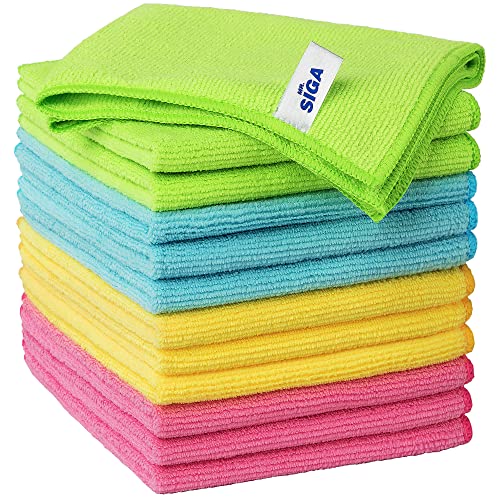
This 12-pack is head of Solved, Punteha van Terheyden's go-to microfiber cloth. She says, 'I use these all over my home and color zone so my bathroom ones don't end up being used to clean my kitchen. Just skip fabric softener and wash on hot to disinfect in your washer and retain its absorbent properties.
6. Sticky handles and knobs

These areas are touched constantly and often hold onto residue from food or grease, making them a hot-spot for household bacteria, one of the surprisingly most dirtiest parts of the home.
To clean, dampen a microfiber cloth with a water-vinegar mix (1:1 ratio) and wipe down each handle thoroughly.
I like using the Mr. Clean Magic Eraser Sheets – These sheets are perfect for quickly scrubbing stubborn spots without damaging surfaces. They're also disposable, heavy-duty and great for tackling any hard-to-reach areas of your home, such as behind your toilet or the back of cabinets.
I advise wiping door handles and knobs every few days as part of your regular kitchen cleaning, or after preparing food with greasy ingredients to keep them clean and bacteria-free.
If you have pets, watch out for the corners of your lower cabinets too, as your feline friends love to rub themselves on the same cabinet multiple times a day, leaving their literal mark there.
Pro tip: Tackle stubborn grease with 10 drops of essential oil in two cups of water. It's a potent but natural way to tackle greasy stains on cabinets and other hard surfaces.
7. Sink faucets and handles
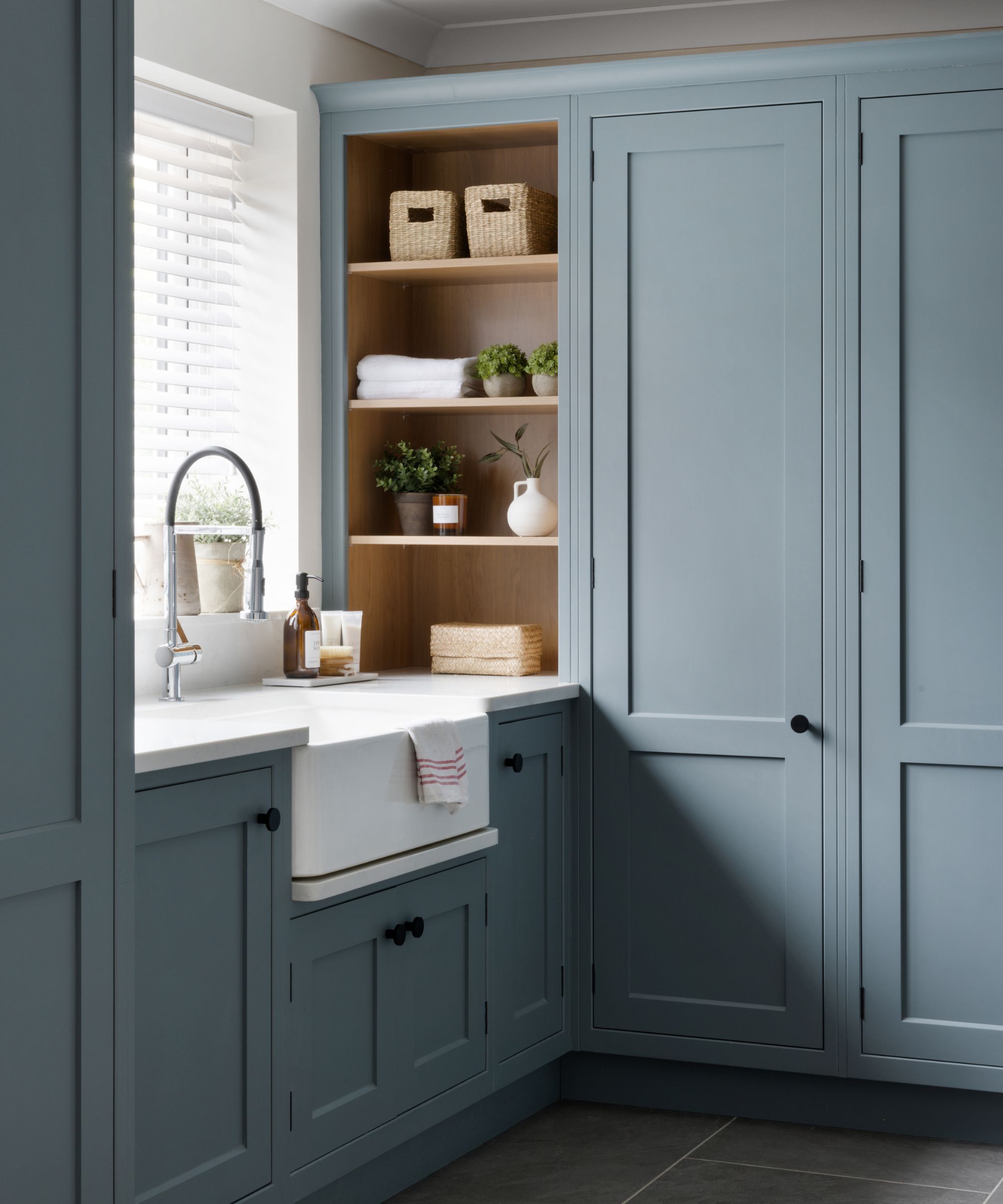
Keep your sink faucets pristine with regular cleaning and descaling
Getting rid of hard water stains and soap scum is a regular churn in most homes as the these often accumulate on faucets, especially in areas with high mineral content in the water.
The H&G team have tested a few ways, including cleaning faucet limescale with toothpaste, or tackling stubborn faucet hard water stains with lemon, which both worked well.
I also like to use a paste of baking soda, available at Walmart, and water to scrub the faucet, then rinse and buff with a dry cloth for a streak-free finish. The baking soda makes a natural, cheap and gentle but effective scrubbing agent which is why it's great for mineral deposits.
My pro tip: Dry faucets after each use, or apply a thin layer of wax paper, such as Reynold's Wax Paper on Amazon monthly to reduce water spots. It might sound hard to believe but one of the H&G team stopped faucet marks using candle wax and found it lasted a week at a time.
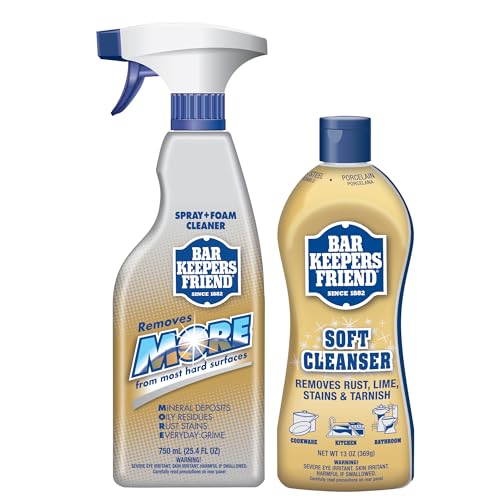
I highly recommend this product, which is excellent for removing hard water stains and soap scum while being gentle on metal finishes.
8. Under and around small appliances
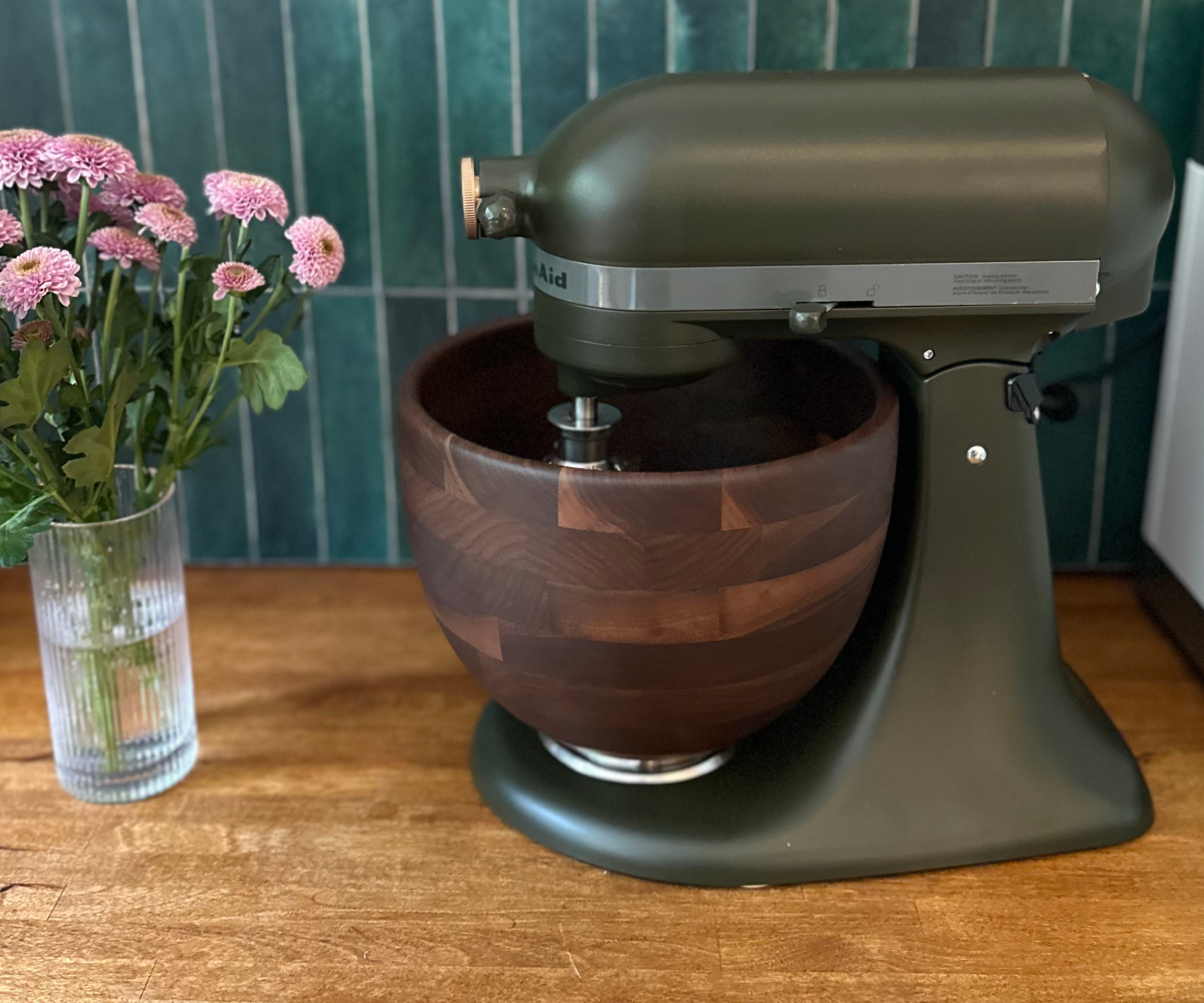
Don't forget to clean under your small appliances. Pictured, the KitchenAid Design Series Evergreen Mixer.
Crumbs and sticky residue often hide under appliances like the toaster, microwave, or coffee maker, leading to both grime and the potential for pest issues.
Move appliances weekly and use a damp microfiber cloth with a bit of dish soap to wipe the area clean. Rinse and dry before placing appliances back. I like to use these microfiber cleaning cloths from Amazon as they are highly absorbent and trap dirt and crumbs effectively.
My pro tip: Place a thin, washable mat, such as the food-grade silicone kitchen countertop protector mat from Amazon, under small appliances for easy cleanup.
9. Fridge door seals
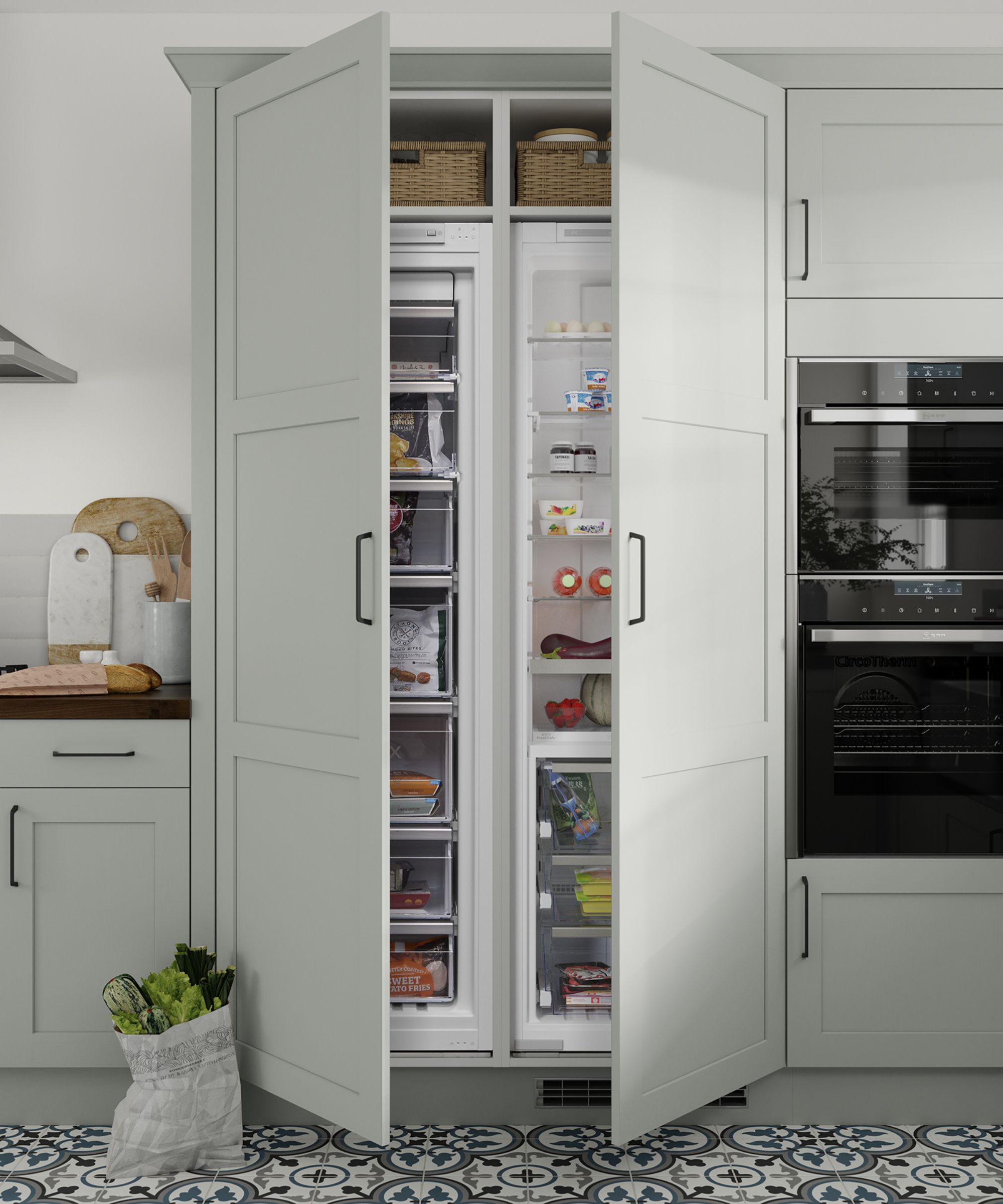
Don't forget to clean fridge seals regularly
The seals around fridge doors often harbor crumbs, sticky residue, and even mold, as they’re prone to collecting trapped moisture. Learn more about the most common types of household mold.
To clean mold from a refrigerator door seal, dip an old toothbrush in a mix of water and baking soda, then scrub around the seals. Wipe away any residue with a damp cloth.
I recommend the Rubbermaid Reveal Power Scrubber – This scrubber is excellent for cleaning tight spaces like fridge seals, providing quick and effective results.
My pro tip: Wipe down seals monthly and ensure the fridge closes properly to avoid moisture buildup.
10. Microwave interior
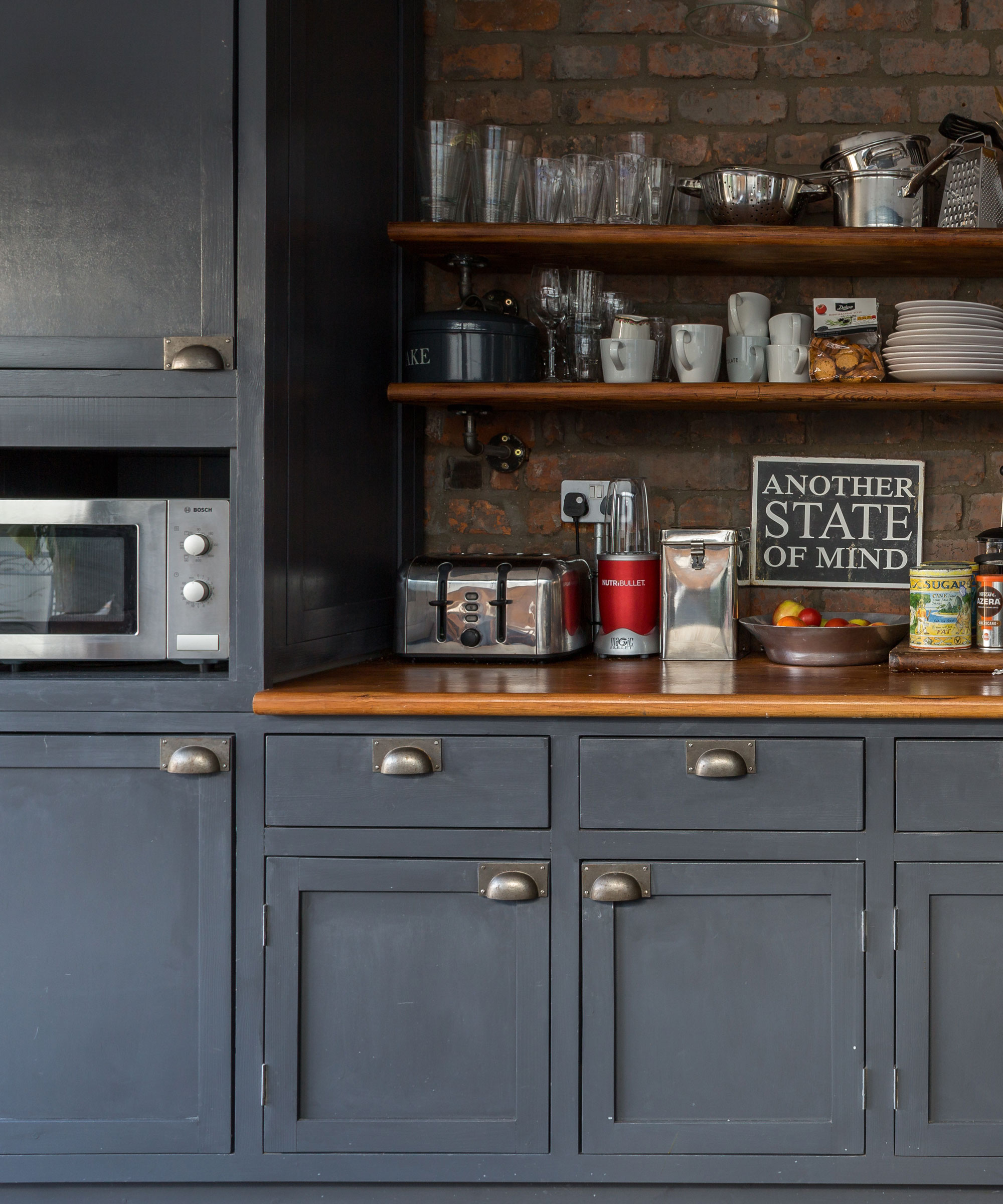
It's one of the quiet workhorses of the everyday kitchen, with spills and splatters easily happening in microwaves. These often get left behind, leading to odors and hardened food debris.
For a cheap and effective method, learn how to clean a microwave with lemon. All you need is a suitable bowl that's safe to use in the appliance, fill with water and a few slices of lemon, then microwave for three to five minutes. Let it sit for another two minutes, allowing the steam to loosen up the grime before wiping it down.
If you have really baked on stains or prefer a commercial cleaner, the Lysol Power Kitchen Cleaner, available at Amazon, is ideal for any lingering spots. This spray works well for microwave cleaning and neutralizing odors, which can become a part of microwave use if yours is not regularly cleaned.
My pro tip: Cover food with a microwave-safe lid to prevent splatters and wipe out the interior weekly.
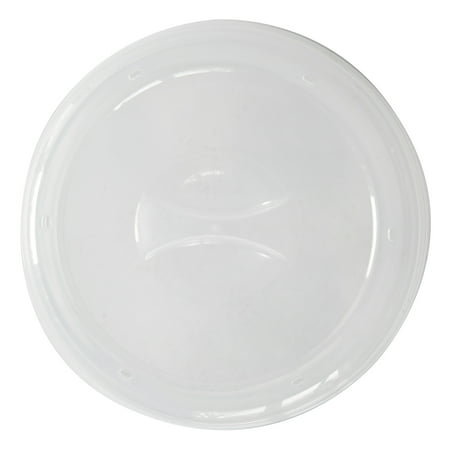
Head of Solved, Punteha van Terheyden has two of these microwavable lids in permanent rotation. She says, 'They not only help food heat up better and keep the moisture in to stop your meal going dry, but also stop splatter inside my microwave. This preventative measure makes for a much easier clean.' She also uses them upside down like a bowl to cook jacket potatoes, as they need eight minutes a piece and some plates can get too hot.
11. Trash can lid and surrounding floor area
Food scraps and liquids often end up on the lid or around the trash can, creating sticky spots that attract dirt and odors. Wipe down the trash can lid and nearby floor area with an all-purpose cleaner and dry it with a cloth weekly.
The Simple Green All-Purpose Cleaner is versatile and safe on most surfaces, effectively removing residue and odor around trash cans.
My pro tip: Whenever you are replacing your cleaning sponge, squirt some dish soap onto it and use it to scrub the inside of the trash can lid, then bin it. The gentle scouring action combined with the grease-busting dish soap will tackle any dried on stains and you can bin it without guilt as it was bound for the trash anyway.
Next, learn about the places professional cleaners always notice in dirty homes, and what I always notice in dirty bathrooms.

Karina is a professional cleaner and operations manager at Spekless Cleaning, which provides residential and commercial cleaning and maid services in Washington.
She has over six years experience overseeing all operations and quality control at Spekless.
- Punteha van TerheydenHead of Solved
You must confirm your public display name before commenting
Please logout and then login again, you will then be prompted to enter your display name.
